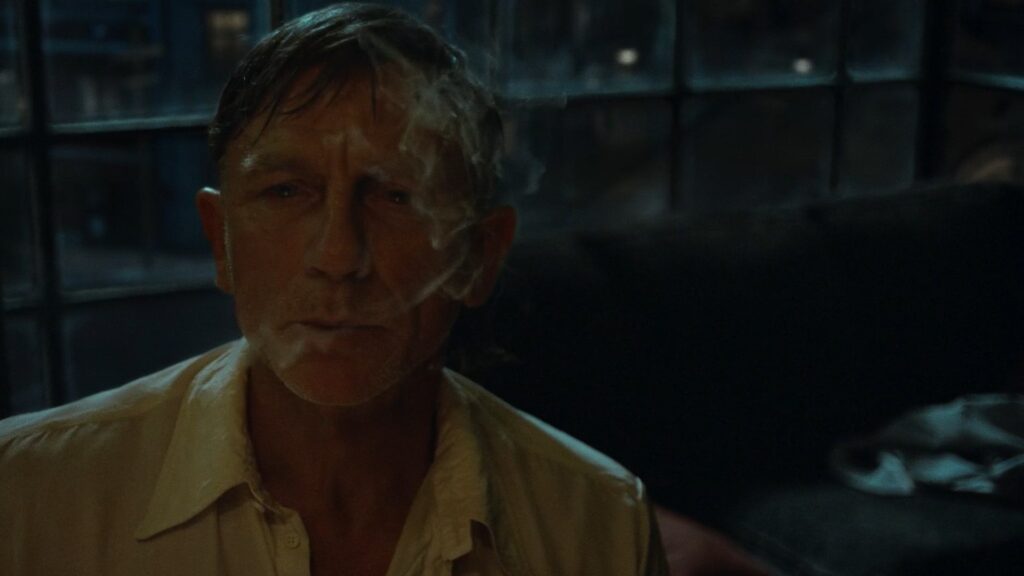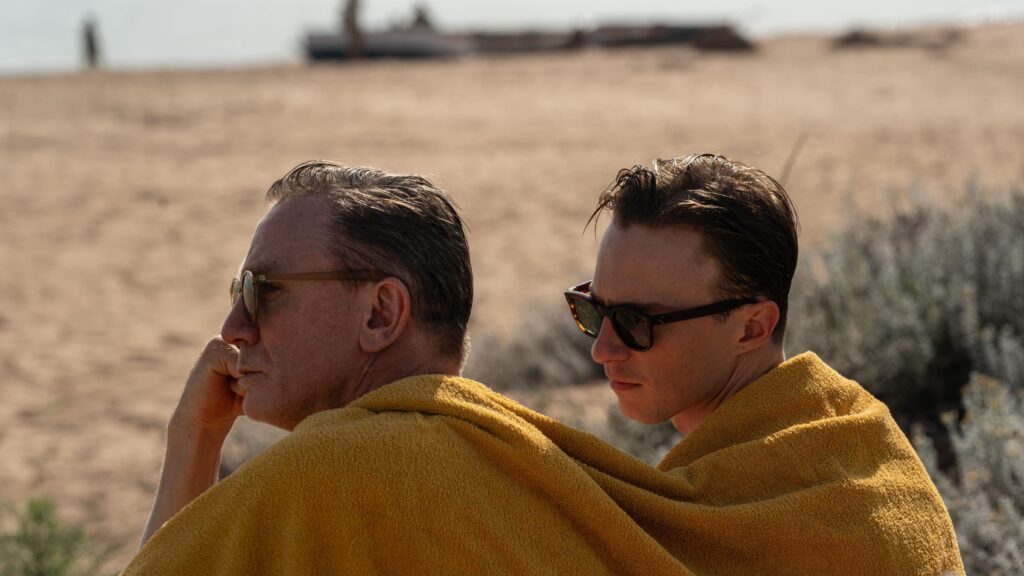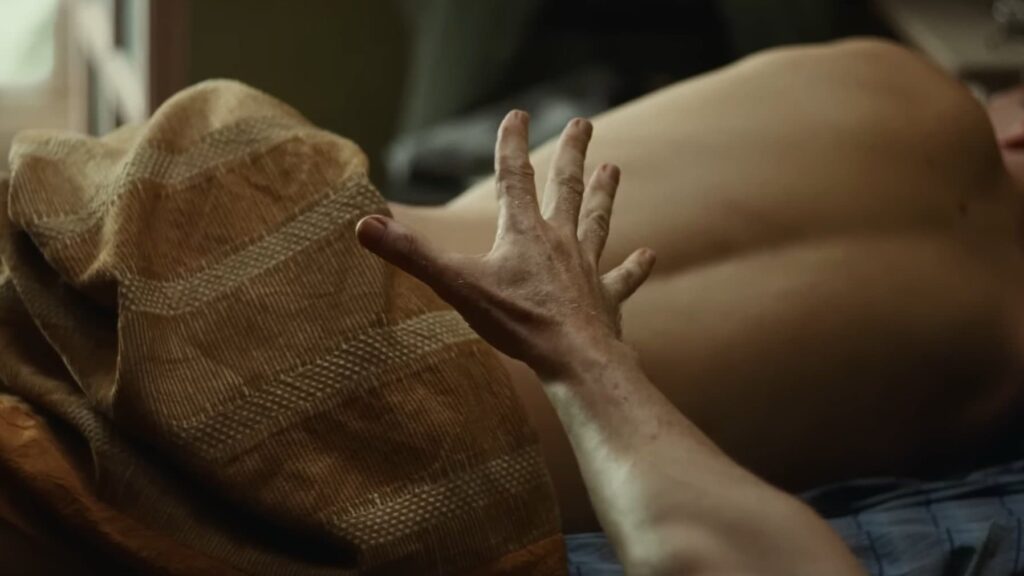
‘Queer’: A Beautiful Tale Of Love And Desire

The hype train for Luca Guadagnino’s Queer has been chugging along throughout the entire year – ever since the release of the phenomenal Challengers, rumours have swirled about Daniel Craig’s fantastic performance and the movie’s myriad sex scenes, including a “beautiful” blowjob scene as described by Andrew Garfield.
Now, Australian audiences are finally getting the chance to see Queer, and I’m pleased to report that Guadignino’s second outing in the past year is also quite good. Andrew Garfield was correct; this is a beautiful movie with some wonderfully aesthetic sex scenes about William Lee, a fictionalised version of William S. Burroughs played by a career-best Daniel Craig.
That said, �ϳܱ�����is a radically different film to Challengers. In fact, as a true display of director Guadignino’s many talents, this surreal, slow-paced romance is practically everything that the propulsive, electric �������Բ��������is not. �ϳܱ�����is much more in the vein of Guadagnino’s more explicitly romantic work like Call Me By Your Name �ǰ���Bones And All, though even more measured and slow-paced than those two films. It can be a difficult film at times, but one worth sinking your teeth into if you meaningfully engage with it.

Daniel Craig’s remarkable performance in Queer
�ϳܱ�����tells the tale of William Lee, an American expat struggling with drug addiction in 1950s Mexico who becomes highly interested in a much younger man called Eugene Allerton (Drew Starkey). Eugene is elusive and unknowable, but that doesn’t stop the pair from striking up a fiery, albeit unusual relationship. However, their vastly different conceptions of queer identity and love seem to put a time limit on their connection, even as they travel together throughout South America.
No matter if you’re a fan or casual observer of his, Daniel Craig’s performance as Lee is alone worth seeing Queer for. The character exudes a ceaseless charisma and liveliness, and even in Lee’s worst moments I often found myself charmed by him. Craig brings his years of acting experience to the role but crafts a performance that feels so singular from anything else he’s ever done, fully elucidating Lee’s complex psyche throughout and playing an instrumental role in the world of �ϳܱ�����feeling alive.
Additionally, Drew Starkey is great as the fresh-faced Eugene. His performance is less ‘big’ than Craig’s, owing to the character’s own elusiveness, but the huge pull from Lee and relatively lax push from Eugene defines their relationship. Eugene’s withdrawn sense of self is essential to the film’s function, and Starkey plays it extremely well.

The aesthetic world of Queer
Guadagnino and company make the bold choice for �ϳܱ�����to be less a fully accurate period drama, but more of a mood piece that values feeling above all else. There are a number of music cues in the film that are blatantly anachronistic; in the first hour alone, scenes are scored to artists like Nirvana and Prince. But I think this enhances the film instead of detracting from it, considering the way it embraces a dreamy, timeless aesthetic throughout.
A huge part of that is thanks to cinematographer Sayombhu Mukdeeprom, one of our best working cinematographers who also shot �������Բ��������this year. In collaboration with Guadagnino, Mukdeeprom creates an impossibly high number of painterly shots throughout the film that make it a wonder to look at. It’s very possibly the best looking film of 2024!
And yes, I’d be remiss if I didn’t mention that the sex scenes in �ϳܱ�����are constructed with equal beauty. Each of them is a remarkably sensual expression of queer desire, made all the more transgressive by its 1950s setting. They are all practically frantic expressions of desire, with plenty of trust apparent between the actors in them (lots of shirtless Daniel Craig in this film, if that’s your thing). Frankly, �ϳܱ�����is not the same film without them.

Be ready to go beyond the surface level
However, I wouldn’t exactly say you should see �ϳܱ�����explicitly for its admittedly stunning depictions of queer love and desire. It’s a film that moves at a slow pace with a huge number of ideas and themes; it touches on identity, addiction and the relationship we have to the world around us throughout its runtime, and I’m not sure if it all fully connects.
In particular, the third act is extremely loose narratively as it dips into outright surrealism, indicative of the literal trip that occurs when Lee and Eugene take ayahuasca. It can be a little hard to follow at times, and occasionally feels like a far cry from the period romance that it started as. Nonetheless, the film remains engaging so long as you’re accepting of the way its structure changes on the fly.
Queer is, thus, a rewarding cinematic experience in a number of ways. There’s Craig’s stunning performance, a genuinely stunning approach to filmmaking and a constantly evolving narrative that always has commentary that ties into queer identities. The film can be a little difficult to bolt down at times, but I’d argue its bottomless well of ideas are precisely the point – and as long as you’re willing to dive into those ideas, you’ll find watching �ϳܱ�����an engaging watch.
★★★½
�ϳܱ�����is in Australian cinemas on February 6th.










Leave a Reply